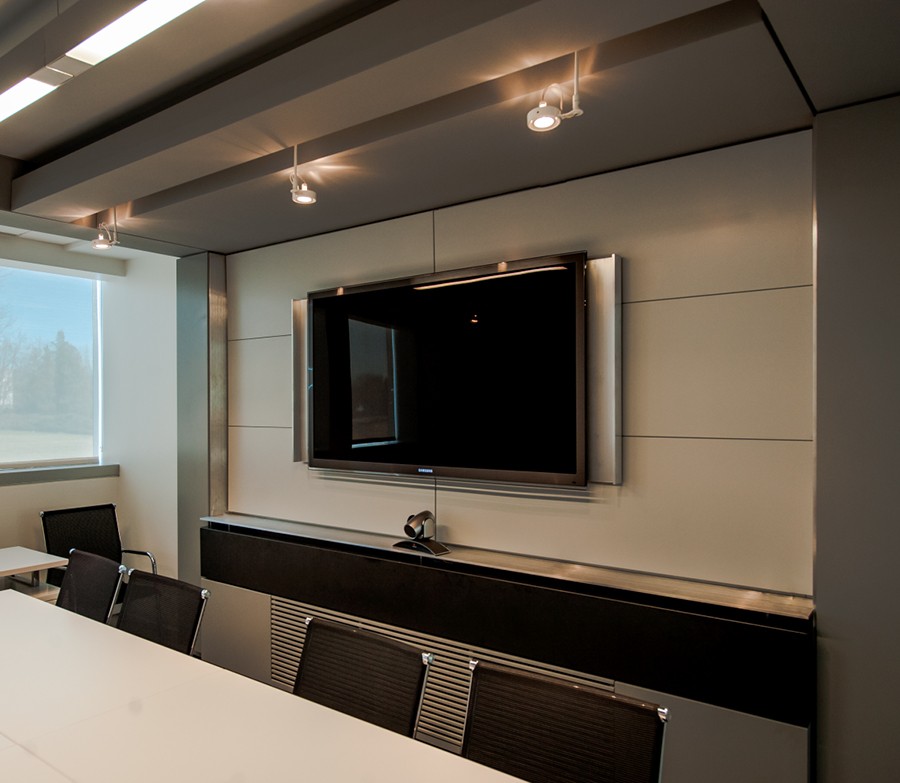In today’s globalized economy, the workforce is made up of more remote and mobile employees, customers, partners and colleagues. Thus the ability to collaborate at any time, in anyplace is vital to a company’s success. Due to the changing workforce and the new economy in which we live, the demand for web and video conferencing has exploded. The majority of business professionals agree that the best alternative to in-person meetings is video conferencing rather than phone calls. Whether your headquarters are in located in New York, California or Florida, or if you have remote offices across the world, you’ll want to be sure your boardroom audio and video is up to the task for true collaboration.
With a variety of dedicated video-conferencing and web based conferencing tools out there, how does one know which type of technology will best suit their needs? We’ll cover the advantages and disadvantages of both traditional video conferencing and web-based options.
Traditional Video Conferencing Services
If you’re looking to build a dedicated boardroom to host meetings with participants near and far and make everyone feel as though they are in the same room, then traditional conferencing – along with a properly engineered multiple microphone system - is best situated to meet your needs. This system allows for the ultimate viewing experience by utilizing large screens and video walls. Meeting hosts can slice up content on multiple screens, keeping everyone on the same page during presentations.
Because stand-alone video conferencing systems often utilize multiple cameras, your presentations and sales pitches become more impactful. Because the cameras can detect motion, they’ll seamlessly transition views when a different participant begins speaking. Traditional video conferencing provides the same level of real-life interaction as watching a professional football game on TV; participants experience all the hard hitting action from multiple camera angles.



